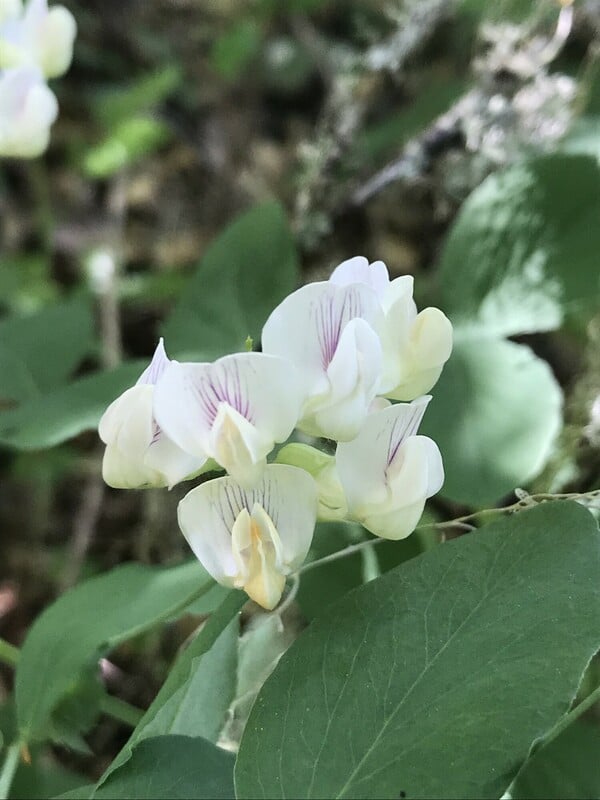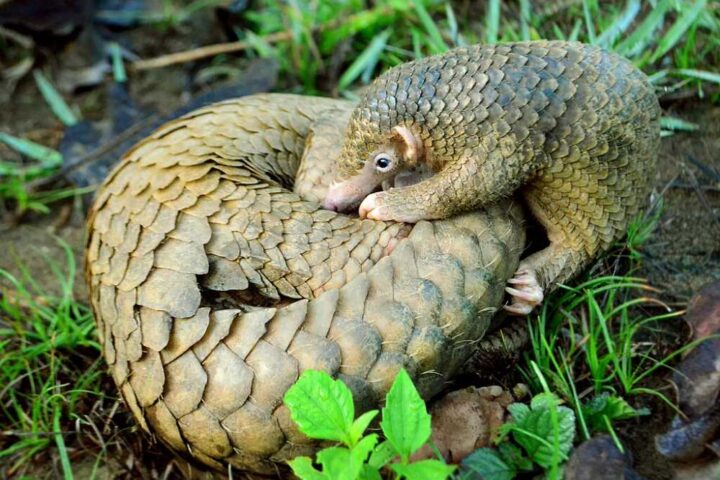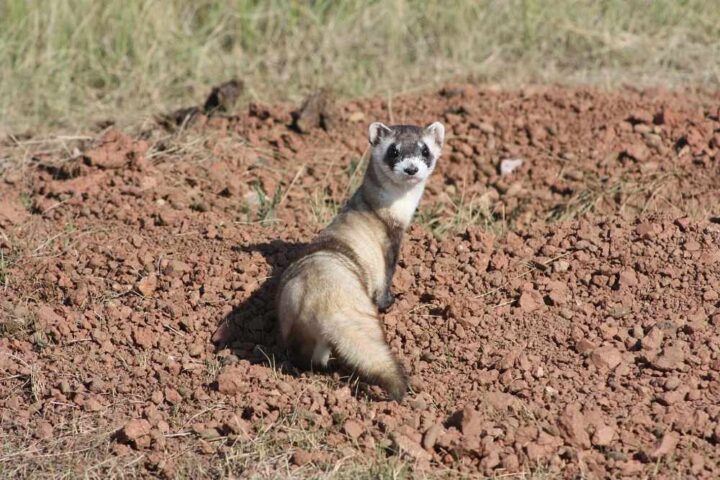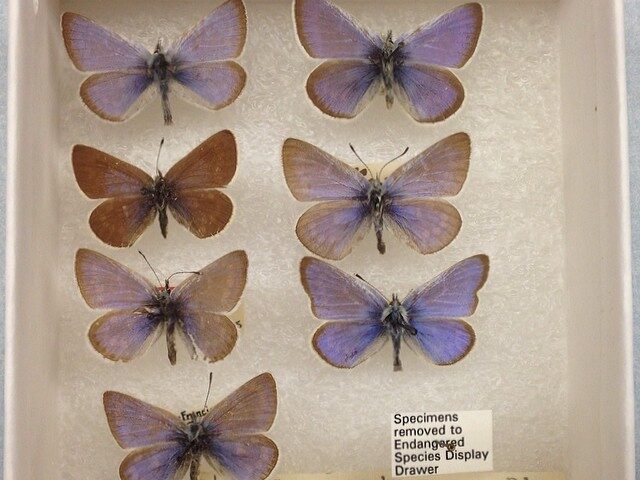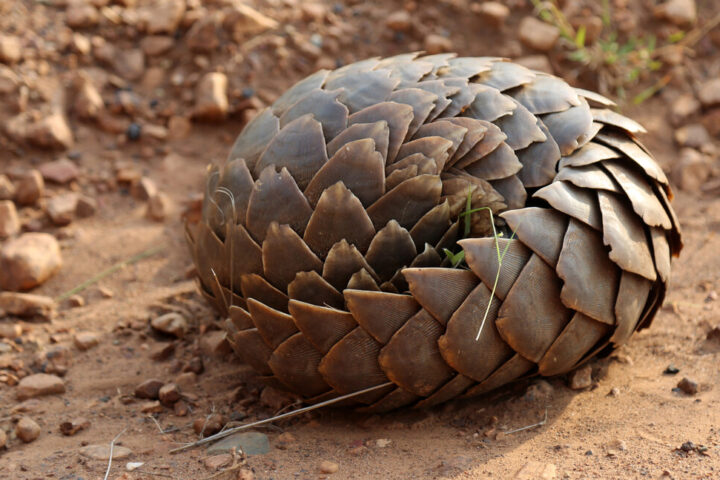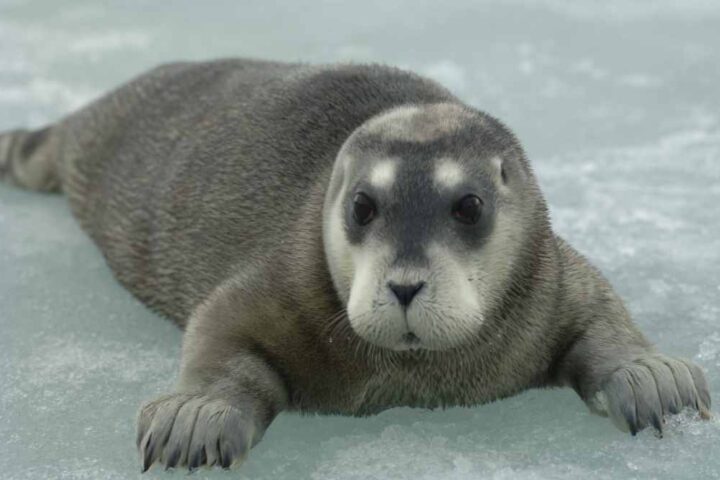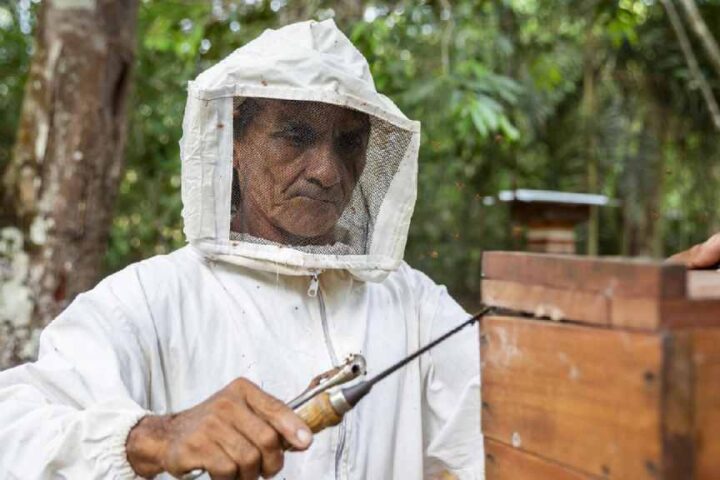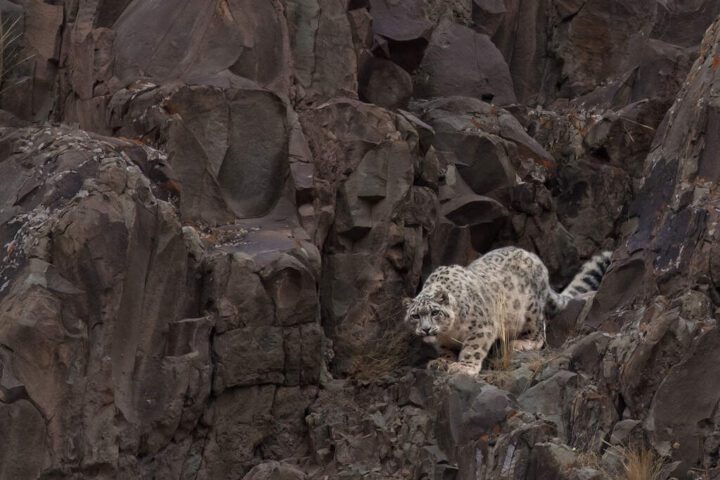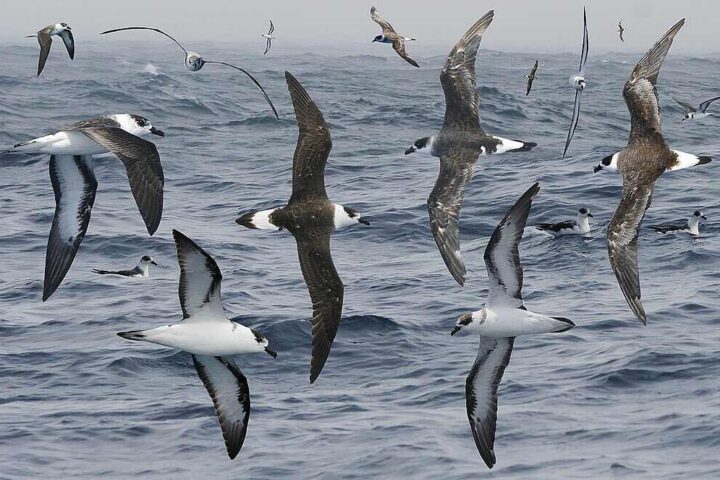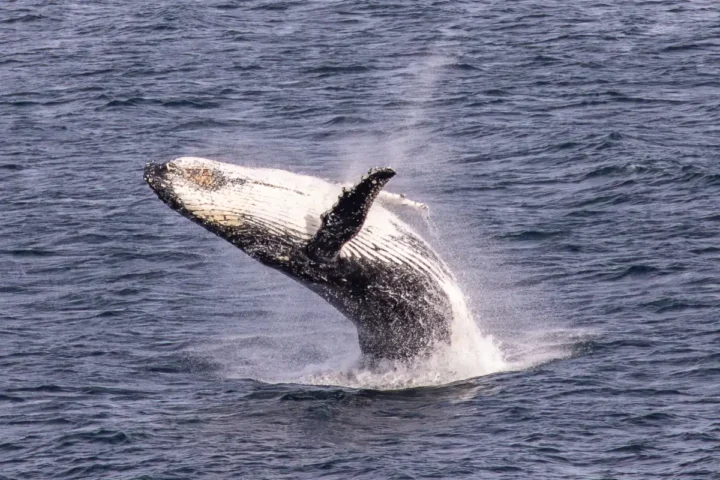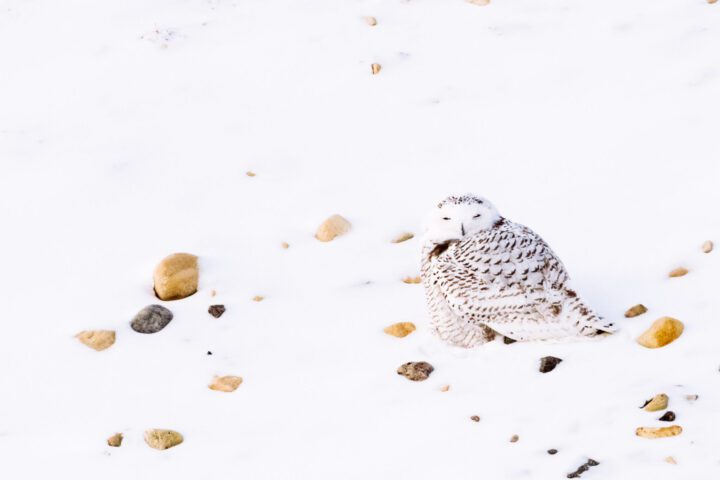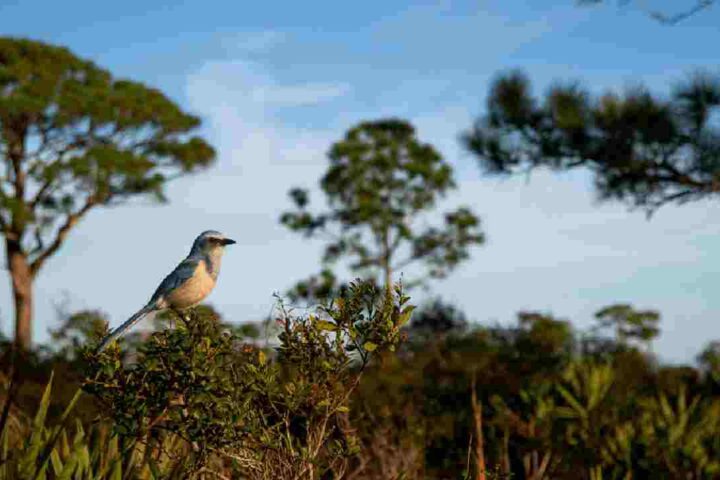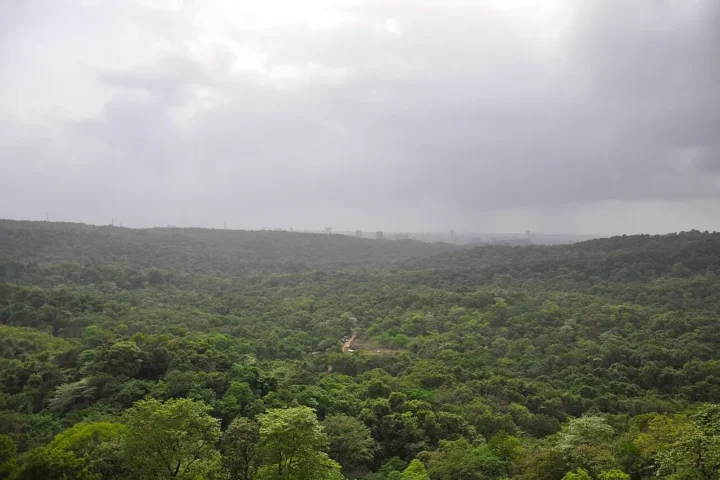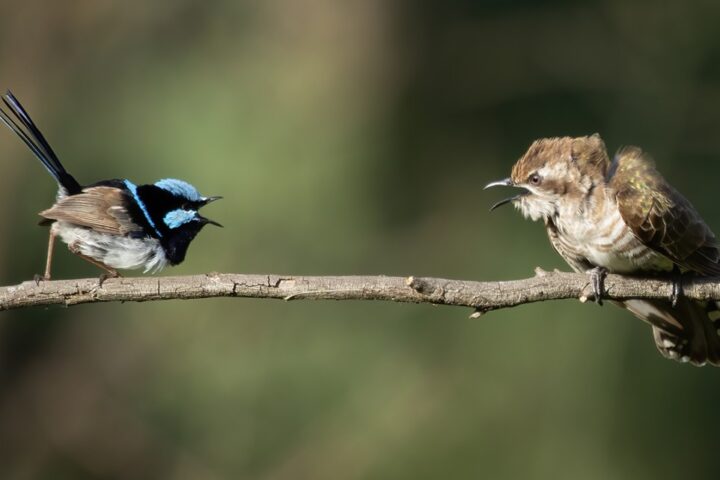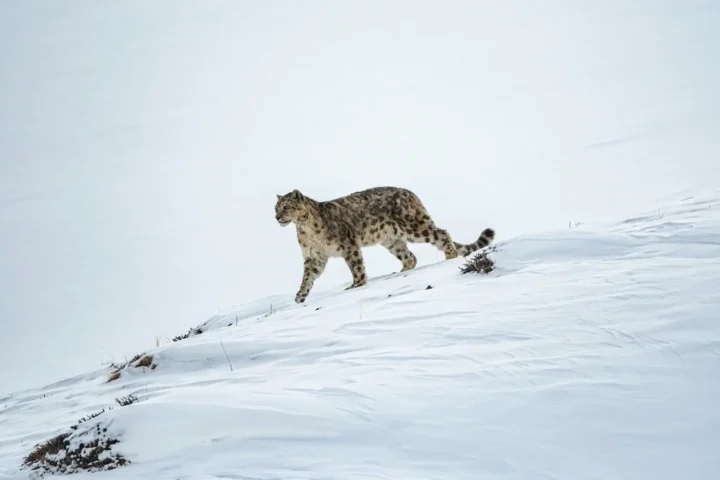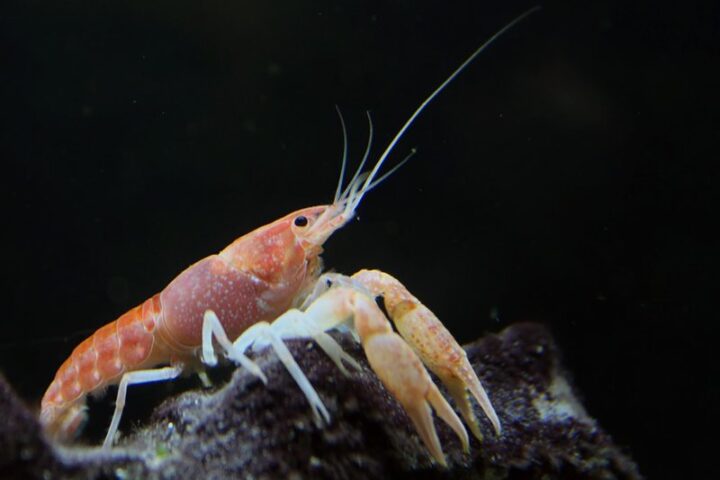A rare flower found in Oregon’s Willamette Valley is now at the center of conservation efforts. The Center for Biological Diversity filed a petition on April 29, 2025, asking the U.S. Fish and Wildlife Service to protect the thin-leaved peavine under the Endangered Species Act.
The petition comes at a critical time for the plant, which now exists only in the Willamette Valley and one isolated location in Washington.
“It’s past time for the federal government to recognize that these delicate flowers need strong Endangered Species Act protections for their dwindling populations,” said Gwendolyn McManus, a scientist at the Center. “The government has known for more than a decade that thin-leaved peavine numbers are declining. We can’t allow these stunning plants to be wiped out from all of their original habitat.”
The thin-leaved peavine grows in forest edge areas with filtered sunlight. It climbs native shrubs and produces white bell-shaped flower clusters that turn orange as they age.
The plant faces multiple threats to its survival. Nearly 98% of the prairie that once covered the Willamette Valley has been lost to farming and urban development.
Many remaining plants grow in vulnerable roadside areas where they face damage from:
- Mowing and herbicide spraying
- Road maintenance
- Vehicle damage
- Invasive species like Himalayan blackberry
- Pollinator decline
Some locations contain as few as ten individual plants, highlighting how fragile these remaining populations have become. In Washington state, the plant is nearly extinct.
“These plants are ambassadors of some of the rarest ecosystems in the Pacific Northwest and thrive in harmony with other native species,” McManus said. “Protecting them will help us ensure we’re conserving the endemic plants, native pollinators and wild spaces of the Willamette Valley.”
Similar posts
The U.S. Department of the Interior created a dedicated conservation zone in the Willamette Valley last year. Beginning with a 600-acre parcel near Brownsville, Oregon, officials plan to expand protection to over 22,000 acres of vital habitat within a decade.
This project represents the newest addition to the National Wildlife Refuge System, marking an important milestone in regional conservation efforts. It uses a collaborative approach involving federal and state agencies, Tribal Nations, conservation groups, and private landowners.
The Endangered Species Act has already helped save other plants in the region. Bradshaw’s desert parsley, once endangered, recovered enough to be removed from the protected list in 2021 after being listed in 1988.
Other protected plants in the valley include the endangered Willamette daisy and the threatened Kincaid’s lupine, which serves as the host plant for the endangered Fender’s blue butterfly.
While conservation efforts continue, the ESA itself faces potential changes. The ESA Amendments Act of 2025 proposes adding economic impact analyses to listing decisions and shifting more management to states – changes that worry many conservation groups.

For the thin-leaved peavine, the petition begins a review process that typically includes a 90-day finding on whether the petition warrants further action, followed by a 12-month review if the initial finding is positive.
As more than 98% of the Willamette Valley’s native prairie has disappeared, each remaining plant species plays a vital role in preserving what’s left of this critical ecosystem.
